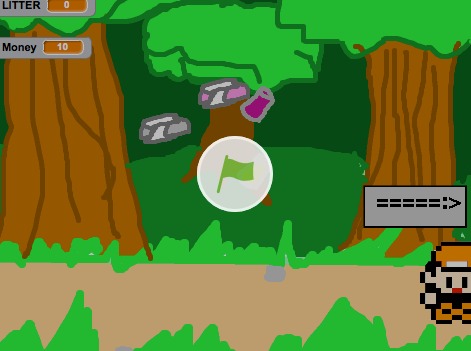Now it’s time for the fun part! Despite it’s user-friendly design, Scratch is a fairly powerful language. The complexity of the code will depend on how much time you decided to devote to learning Scratch earlier. However, fun, playable games can be created with minimal understanding of Scratch. The coding and design process is cyclical. Students should consistently test games as they work on them, and use what they learned debugging projects to fix any problems. Here are some more examples of student-created games:
Step 0: Familiarize yourself with Scratch
Step 1: Introduce students to elements of game design
Step 2: Introduce students to Scratch
Step 3: Focus on core content ideas for game design


